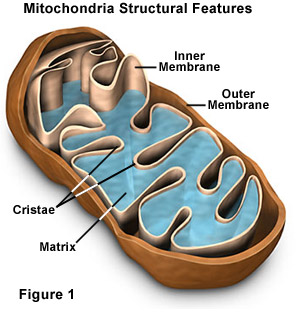Don’t wear jeans to the gym – Seriously? Jeans?
In addition to being slow and having a restricted range of motion, jeans
are heavy. Also… you will look stupid. Find some comfortable clothes that breathe
and are not restrictive.
Don’t interrupt people during a set –I’m
working here! I don’t care about
whatever it is you are yammering on about.
No phones – You are a zillion
times more likely to find your phone distracting than helpful in the gym. Put that thing in airplane mode to keep you
focused on the task at hand. It’s also
very obnoxious to be tying up gym equipment while you talk on the phone.
New machine! – Sometimes I
see a new machine at the gym and I think, “What in the world does that do?” Curiously
hopping around the gym and slopping through whatever you think you’re meant to
do on the machine is NOT a workout. If
you need help to understand how a machine is used, just ask someone. (Wait until after their set) Better yet, ask
a gym employee.
Bench Pressing 1000 pounds -
Choosing a weight that is too big and then doing all the exercises wrong might
impress your friends, but it is a good way to hurt yourself and will NOT help
you get stronger. Start with a light
weight and learn to do things right.
Adding weight will come later. When you are at the gym, ALWAYS
start where you are. Leave your ego at
home.
Lifting on machines – Free
weights are just better. They develop
better muscle coordination, utilize stabilization muscles and also… make you look awesome. All this means you will get a better workout. Use machines for muscle exhaustion or the end
of your workout. If you are only
working out on machines, you might be able to switch to free weights and get
more of a workout in less time.
Abs - Sit ups and
crunches will not give you nice abs. As
your body fat % goes down, your abs will come out of hiding. However, everyone is different. Some people have a six pack at 15% body fat and
other people will never get there no matter how low they go.
Biceps - Doing bicep curls
won’t give you big arms. 1/3 of your arm
is biceps and the other 2/3 are triceps. If you want your arms to look good,
hit your triceps hard. As a side note,
don’t forget about your legs! Just
because your legs are usually hidden from sight doesn’t mean you can ignore
them. Some of your biggest muscles are
in your legs. Use them.
Treadmill – Running is SO
boring on a treadmill. Don’t start
running a lot unless you are training for something specific. 20 minutes or so of cardio is fine. Then… hit the weights.
Here are some pics to help you remember what to do (or not do) at the gym:


















